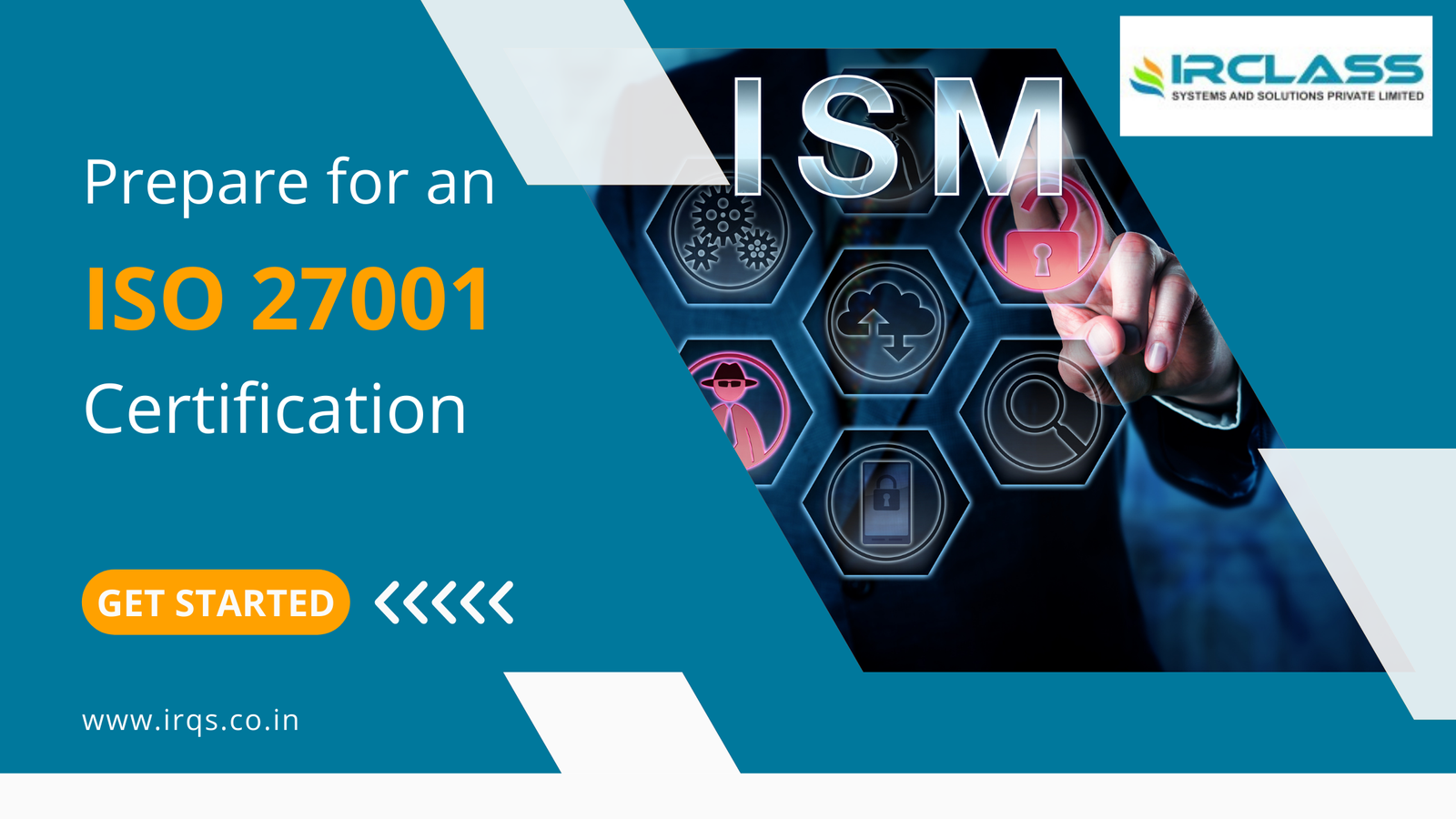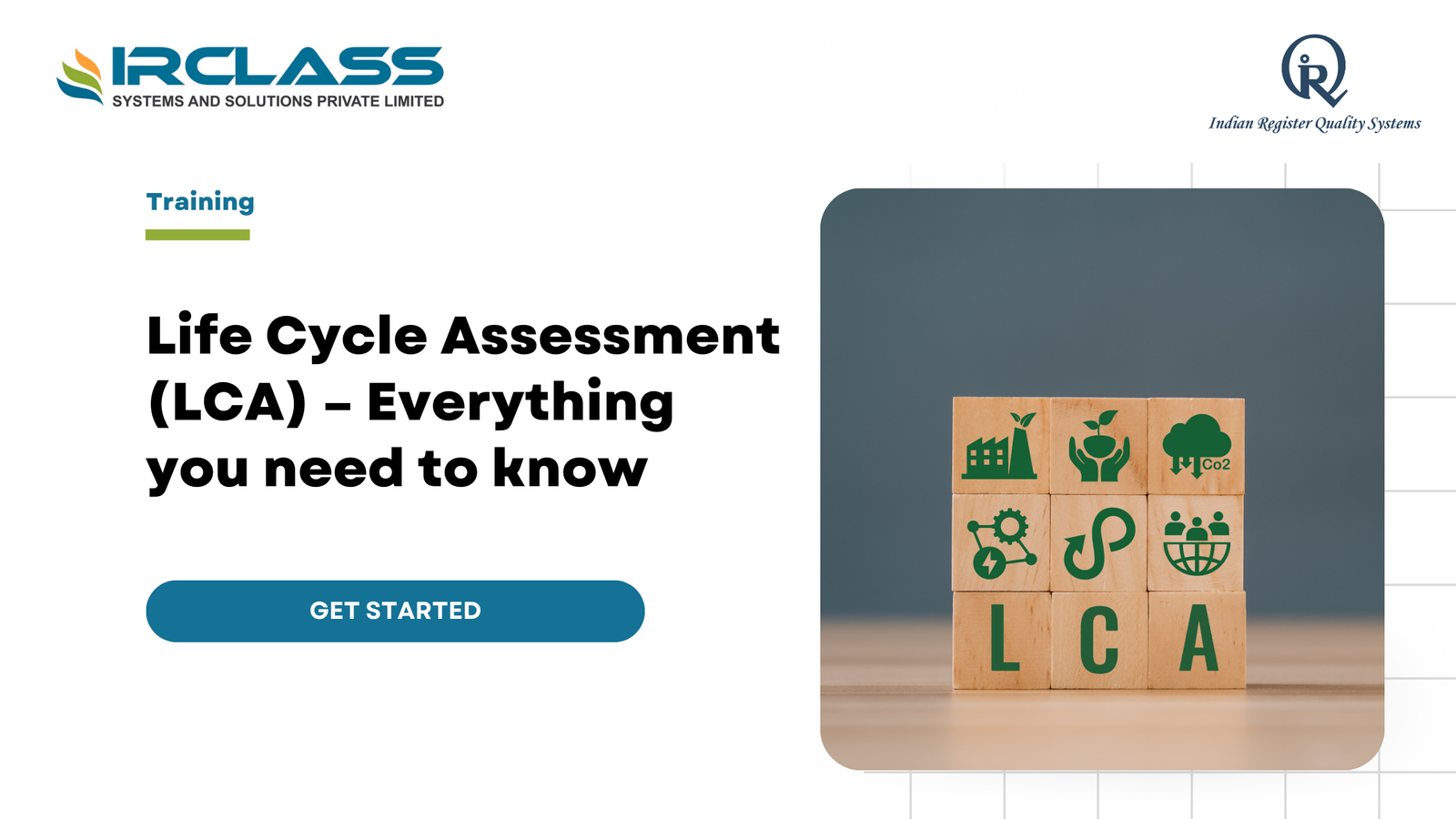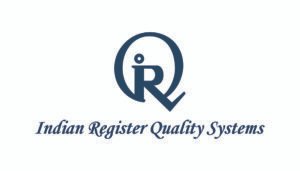Category: Information Security Management Systems

How to Prepare for an ISO 27001 Certification Audit
How to Prepare for an ISO 27001 Certification Audit A Precise Guide to Prepare for an ISO 27001 Certification Audit of Your Organization Introduction to ISO 27001 ISO 27001 is an international standard for helping organizations manage their information security. It contains requirements for an information security management system. Achieving certification according to ISO 27001 will go a long way in showing proof that you are a security-conscious organization. The reason to Prepare for the Certification A proper and systematic preparation for an audit is essential for any organization to get an ISO 27001 certification. In this way, an organization will be set for such an audit exercise; above all, the exercise could provide a way of pinpointing and addressing problems that may arise. In this connection, it saves a lot of time and resources. Steps to Prepare for ISO 27001 Certification Audit 1. Comprehension of ISO 27001 Requirements First, know the standard ISO 27001 by reading its official documentation. Know what the standard requires and comprehend the structure of ISMS. Get to know about the policies and controls that are needed. 2. Conduct a Gap Analysis A gap analysis identifies areas in need of improvement. Compare what you are doing against the requirements in ISO 27001. Make a list of the differences. This way, you know what to direct your efforts toward. 3. Create an Implementation Plan Formulate a plan based on the gap analysis, which shall specifically outline the steps to be taken in bridging the gaps. Assign responsibilities for each task identified at point two to team members. Timelines shall be set for each assigned task, and all members shall be clear on what they should do. 4. Train Your Team Make sure your team knows what ISO 27001 is all about. Conduct training sessions to explain why information security is essential. Teach them the policies and procedures to ensure that each one knows their role in maintaining security. 5. Document Everything Documentation is critical in ISO 27001. You need to Record all processes and procedures that your organization follows. These documents are meant to include: – Information security policies – Risk assessment processes – Security controls – Incident response plans Maintain these documents and keep them current, ensuring they are easy for anyone in your group to access. 6. Implement Security Controls ISO 27001 prescribes specific security controls that you need to implement. The controls will protect your information. Implement these controls in your organization. Here are some examples of controls: – Access control systems – Encryption – Backup procedures – Physical security measures To verify if these controls are effective. 7. Conduct Internal Audits Internal audits help to identify your weaknesses before the certification audit. Conduct internal audits regularly to verify whether ISMS is operating according to plans. Find out any weaknesses and correct them as quickly as possible. 8. Address Risks Risk management is an integral part of ISO 27001. Information risks shall be identified beforehand. Possible effects thereof will be evaluated, and effective measures to mitigate those effects will be adopted. Besides, your risk management plan shall be reviewed and updated regularly. 9. Perform Certification Audit Make complete preparations as the certification audit approaches. Review your documentation. Have all the security controls in place. Conduct a last internal audit. Remediate any last-minute issues. 10. Choose a Certification Body Select an ISO 27001 audit body that is reputable. Check if the selected body is credited and fully accredited—schedule for the audit. 11. Conduct the Certification Audit The certification audit is carried out in two phases: Stage 1: The Auditor goes through your documentation. They verify the design of your ISMS. Stage 2: The auditor evaluates the effectiveness of your ISMS implementation by reviewing security controls operation. Answer questions. Turn in all requested documents. Be cooperative with the auditor. 12. Conforming Non-Conformities Non-conformities shall be reported by the auditor whenever problems are detected. Address these non-conformities quickly. Implement corresponding corrective actions. Provide evidence of such actions to the auditor. 13. Maintain Your ISMS It’s not a one-off event, and maintaining the ISMS requires regular reviews and audits, keeping documentation up to date, and continuous improvement of security practices. 14. Communicate with Stakeholders Keep everyone involved: employees, customers, and partners. Show that your certification to ISO 27001 offers benefits. Present it as a demonstration of your profound concern for ensuring information security; hence, it builds trust and confidence. 15. Monitor and Measure Performance Your ISMS performance management: Key performance indicators—to measure effectiveness, regularly review these metrics and implement improvements as necessary to attain security enhancement. 16. Stay Current Information security standards change over time. Be informed about the changes in ISO 27001. Update ISMS and it will help you continue following the newly set standards. 17. Use Technology to Your Advantage Leverage technology in managing your ISMS. Software tools could be used for documentation and risk management. As many processes as possible should be automated; this way, the compliance burden will be reduced. 18. Support the Security Culture Foster a security culture within an organization. Encourage staff to adhere to security policies. Reward good security practices and this way make information security part of day-to-day work. 19. Find Help Externally if Needed If you’re encountering difficulty with it, look for outside help. Consultants can give you expert support with their experience; they can help in gap analysis, training, and implementation. This may relieve the certification process somewhat. 20. Reflect and Always Improve Quality lies within continuous improvement, so at all times, review your ISMS, look for improvements, and implement the change; it makes your ISMS effective and compliant. Conclusive Note ISO 27001 certification audit preparation involves a well-researched and detailed process. This consists in understanding the standard and conducting gap analyses on controls. Other key activities include training for the team, the documentation of processes, and internal audits. And, of no lesser importance to it, the assessment of non-conformities, the maintenance of your ISMS, and fostering a culture of security—thereby affording you a better opportunity

Demystifying ISO Information Security Standards: A Comprehensive Overview
Demystifying ISO Information Security Standards: A Comprehensive Overview Undoubtedly, it is a digital age, and safeguarding the data is critical for all businesses and industrial sectors. The organizations have become well aware of the new-age privacy protection laws. It is vital to strengthen the guidelines for the protection of personal data. In fact, it is a paramount concern for all. With time, the dependence on digital technology has increased, and it will amplify in the coming times. With the impeccable rate of data collection and processing, it is the need of the hour to implement a robust system for data privacy and security. Hence, Privacy Information Management Systems or PIMS have become a vital concept across the globe. The international standards and well-defined framework outline the significant processes, policies, and procedures. The guidelines help manage and safeguard personal data. ISO 27001 – Identify the crucial role ISO 27001, the internationally recognized standard for information protection systems is the best solution for all organizations. The globally recognized framework outlines the requirements for creating, implementing, maintaining, and facilitating an ISMS (information security management system) inside an organization. The ISO standard for information security points out the dynamic threats and risks. It offers a comprehensive setup that ensures a hassle-free implementation of a systematic and risk-based approach for an organization. ISO 27001 boosts the norms of Privacy Information Management Systems (PIMS) and helps nurture a proactive approach towards data protection. With the well-defined guidelines of ISO 27001, manage personal data without hassles. Find well-defined solutions for data collection, processing, storage, transfer, and much more. The international framework exhibits optimal commitment towards data and privacy rights protection. It enhances customer reliance in the long run. The purpose of the ISO framework – A comprehensive overview The ISO (International Standard Organization) is an independent and non-governmental organization. The ISO 27001 framework is a global standard defining prerequisites for an Information Security Management System (ISMS). Currently, it is the leading standardization certification acknowledged by organizations across the globe. The purpose of the ISO framework is to safeguard critical information systematically. The guidelines offer a cost-effective solution that fits the requirements of organizations belonging to different industries. The objective of an Information Security Management System (based on the ISO guidelines) is to protect – The perks of implementing a robust ISMS – Nurture professional relationships with ISO 27001 Prime components of ISO 27001 – Know them rightly Information security controls and norms – Implement the best policies approved by management and boost the efficiency level. It covers administrative, technical, physical, and security concerns, mitigating information security threats from all angles. Risk management and treatment – The ISO framework emphasizes the selection and implementation of streamlined security controls. These are proactive measures to reduce the information security risks. The well-defined and structured process helps analyze the information security threats and identify the potential impacts of the unforeseen threats for the organization. With the best framework guidelines, identify the appropriate risk treatment measures and implement them efficiently. Management and assessment – Regular audits and assessments are necessary for the continual improvement of ISMS. The internal and external audits help identify non-conformities. Review the dynamic opportunities for improvement and ensure consistent improvement. Also, it helps the employees stay aware of the ever-evolving information security policies at a global level. Wrapping pointers – Recognize the pros of the ISO framework. The data management standards evolve with time. It is vital to cope with the changes. Only continuous improvement in information management practices can ease the needs. Hence, organizations must implement a proactive approach. The cyber threats are challenging to manage, but the robust ISMS system can mitigate the chances of encountering data-based risks. Among the various international guidelines, ISO 27001 stands out as a holistic ISO standard for information security solutions for organizations with a risk-based approach aligning the business objectives.

Demystifying ISO 27001: The Gold Standard for Information Security
The world has evolved, and operational systems have gone digital. The significance of information and data has grown exponentially. These are valuable assets for any company. Companies need to focus on the protection and security of the valuable data. Ensure optimal protection for the operational system and implement an adept information security management system or ISMS. It should be in accordance with the globally recognized standard ISO/IEC 27001. Having a concise overview of the critical aspects of ISO 27001 will help business owners identify the best techniques for ISMS development. Learn the essentialities and follow the best ways to ease the hassles. ISO 27001 is a global standard for information security management systems, and it is suitable for all companies regardless of the size. The global framework can facilitate the operations of a company and help them achieve the regulatory compliance objectives related to optimal data privacy and information security. ISO 27001 is an incredible tool to ensure assurance to customers, stakeholders, and business partners. Decoding ISO 27001 – A detailed overview ISO 27001 is a golden standard for the management of information security in companies. Why? Because it helps define the requirements behind successful documentation and implementation of a competent information security management system in the company. Currently, information security plays a noteworthy role for companies. And, ISO 27001 acts as an essential guide for both large and small companies. Both large corporations and small-scale startups can use the ISO standard, especially organizations operating in the tech sector. ISMS and ISO 27001 – The critical link ISMS, or information security management system, formulates the rules, techniques, and steps to ensure and continuously enhance information security at the company. It facilitates the availability, confidentiality, and integrity of data and information for employees, clients, suppliers, and shareholders. The system is relevant to small and large companies operating with sensitive data because the stakes for managing the security of the information are high. The practical need Cyber thefts are gradually increasing and necessitate media coverage. Thus, the significance and essentiality of covering these aspects has become paramount for companies. The extent of a cyber attack has also increased. It may not always be a large-scale public issue. The thefts can happen even on a “private” scale. In both cases, the effects could be devastating. ISO 27001 provides organizations with the essential guidelines for planning, implementing, controlling, and facilitating the information security. With strict protocols and optimal compliance, the confidentiality of critical data could be safeguarded. Also, ISMS ensures an enhancement of the entire IT infrastructure. The essentiality of ISO 27001 – Know them rightly 1. ISO 27001 enhances information security With ISO 27001, companies can structure their information security management. Vulnerabilities are easily identifiable with the ISO framework. One can detect them before they transform into security gaps. Additionally, it minimizes the adverse impact of hacker attacks, data loss, and misuse. Even if there is an attack, the companies can track and repair the issues efficiently. One can manage the risks and ensure better damage control with ISO 27001. 2. ISO 27001 improves confidence in information security A certified ISMS enhances credibility and trust. A company should be responsible enough to manage the critical data and information of the customers and business partners. A company can gain the trust of its partners and customers and ensure better data sharing. ISO 27001 is a renowned certification system. An efficient ISMS ensures optimal utilization and security of data. 3. ISO 27001 facilitates data transparency in the company ISO 27001 enhances the corporate infrastructure for cyber assets. Because, it involves all the departments to protect sensitive data. The framework defines management responsibility and promotes employee training. Information security could be seamlessly incorporated into the company’s operational schedule and routine, involving all employees. It creates a positive effect on business operations and improves data transparency. Benefits of ISO 27001 – Why is it the gold standard? Technical security measures like firewalls, antivirus, etc., are part of the ISMS checklists. But, these have a limited capacity to protect the information system. ISO 27001 delivers end-to-end solutions, defining the critical specification for an efficient information security management system. The certification defines the guidelines for data security and management. An ISMS delivers a holistic approach to cover critical aspects of information security, providing multi-tier protection solutions for clients, procedures, and technology. Protecting the assets with ISO 27001 One can protect hardware, software, processes, and other assets in a company with ISO 27001. It also helps maintain the asset register. One can maintain and monitor information assets, including everything related to business, operations, and personal data. Simply put, it is effective for everything that needs protection. It can also be financial data, sales data, HR data, etc. Summing note A well-defined and efficient ISMS makes an organization strong and helps a company minimize security risks. ISO framework is essential for ISMS establishment and its successful implementation. It is also vital for the operation, monitoring, and continual improvement of the ISMS, making the ISO 27001 standard an indispensable choice. With IRQS, find end-to-end solutions for audit services and ease the process. The experts bring efficient services with flawless audit reports for the best client experience.
Search
Useful Links
Recent Posts

What is a Life Cycle Assessment Course and Why Should You Take It?

Step-by-Step Guide to Becoming an ISO 27001 Implementer



